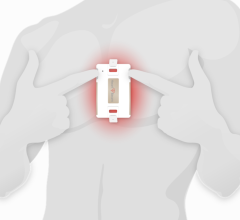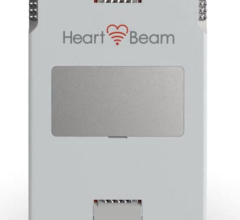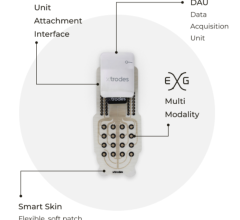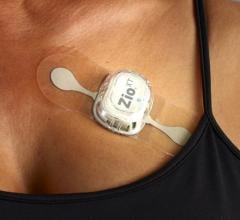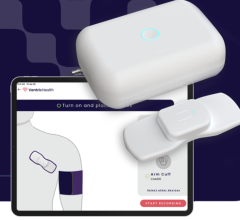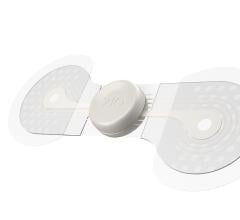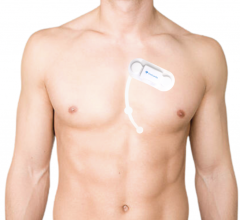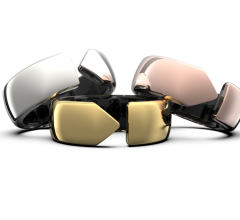
July 13, 2015 - Wearable sensors are expected to play a big role in healthcare in the coming years, according to Verizon, as data from these devices are integrated into patient electronic medical records. They offer a big-picture view of a patient's health, beyond a yearly checkup. These devices are also expected to play a major role as healthcare organizations look for new ways to engage patients electronically to meet new federal health IT requirements.
So how can enterprises take advantage of this opportunity? Verizon highlights four wearables that enterprises can leverage today to enhance employee health, safety and productivity:
Fitness trackers - These smart devices have evolved from basic pedometers to smarter, arguably fashionable, devices that measure heart rate, sleep patterns and other health-related data. Fitness trackers attract employees that are eager to monitor their progress toward personal goals, such as weight loss.
Enterprises that want to control health costs while encouraging employees to lead healthier lives are gifting fitness trackers as employee perks, or as a component of health and wellness programs. Some companies are even offering the device as incentives-tracking tools that employees can use to earn lower co-pays or deductibles
Smart watches - According to Intelligence Business Insider, smart watches will account for 59 percent of total wearable device shipments this year, and that figure is projected to increase to more 70 percent by 2019. As the application market for watch applications continues to expand, enterprise-specific programs will proliferate much like they did for smartphones over the past seven years.
A major cloud-based customer relationship management provider recently released a smart watch app that offers employees instant access to real-time sales and marketing analytics, as well as service notifications. The app features two-factor authentication to help protect that data.
Heads-up displays (HUD) - HUD technology (also known as smart glasses) is no longer just for jet fighters. These transparent displays allow the user to access information/data without breaking eye contact with what they are working on. This technology makes sense for warehouse or shipping employees that require both hands to pick and scan products from shelves. That promotes faster pick up times and quicker turnaround on purchases.
This technology can also be used by doctors and surgeons, freeing up both hands while treating patients, as well as utilities workers that need to access wiring schematics while on a pole. Basically, any industry that requires a "third-hand" can benefit from this type of solution.
A key driver for HUDs is cost reduction through "see what I see" scenarios. One reason they are gaining traction today is because they enable on-site workers to be instructed remotely, saving time and money.
Intelligent clothing or "smart garments" - Another wearable that is gaining traction is intelligent clothing or smart garments. Similar to fitness trackers, smart clothing can cover more surface area of a person's body, which means that the data collected may be more accurate and offer a more holistic view of the user's vitals. Smart garments can be used to track movement, heart rate, location, breathing or how fast the user is moving.
The use cases for this technology are plentiful: Consider the ability to monitor the critical vitals of workers in remote locations, such as mines and off-shore drilling sites. These high-tech garments can capture data pertaining to body heat, sweat and other stress factors to track the safety and effectiveness of workers. This technology can also be used by emergency personal, police (body cameras) and firefighters that are in rescue situations to track vitals in real time and monitor their safety.
For more information: www.verizon.com

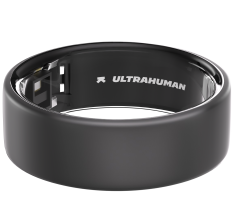
 July 16, 2024
July 16, 2024 
